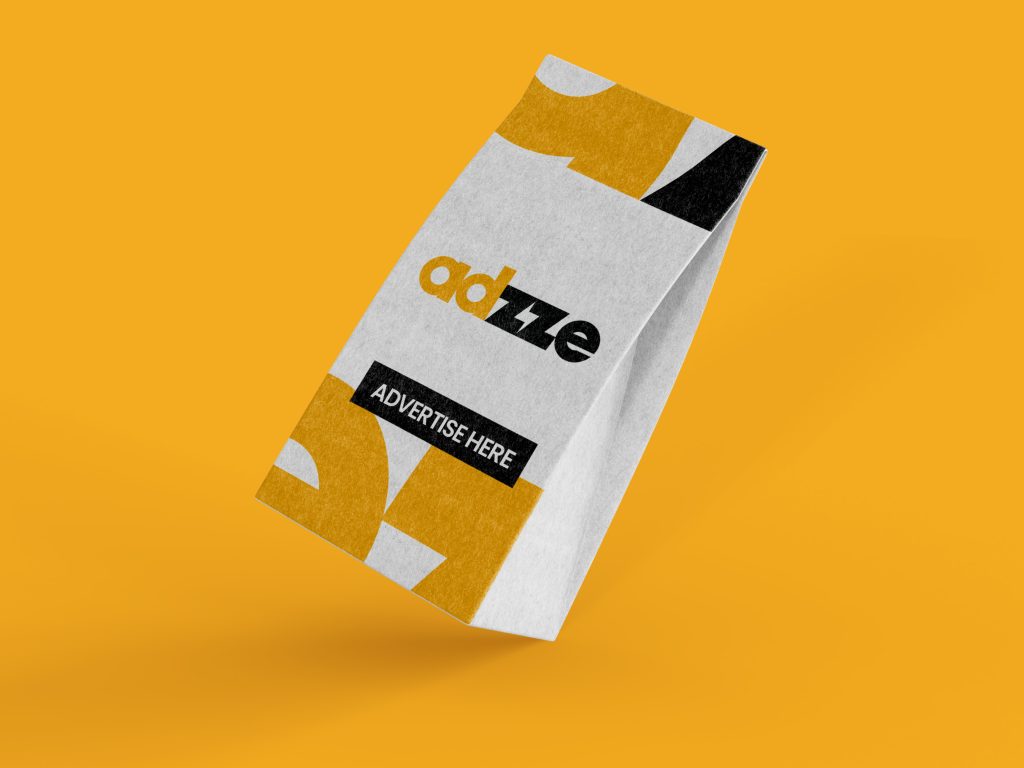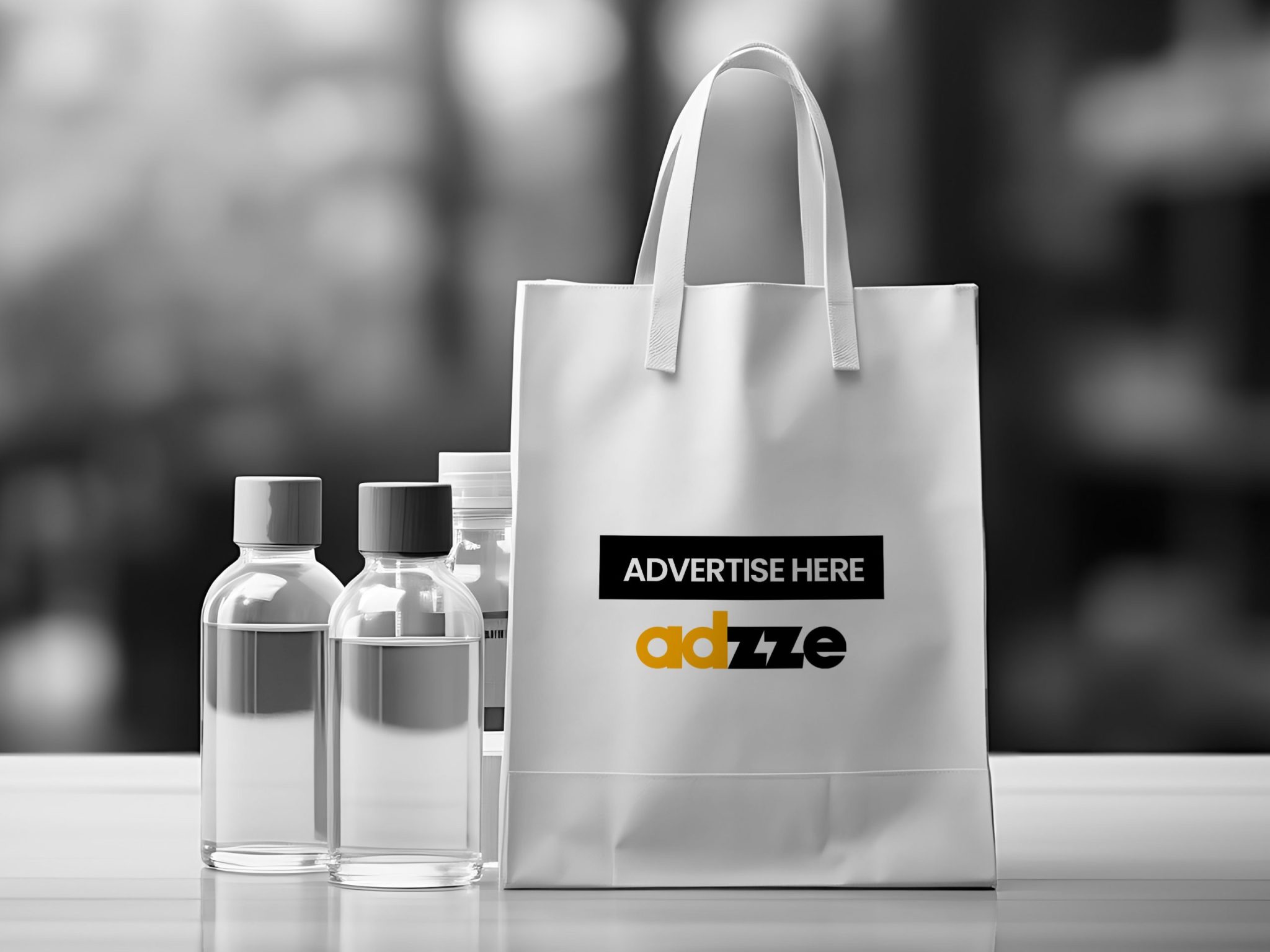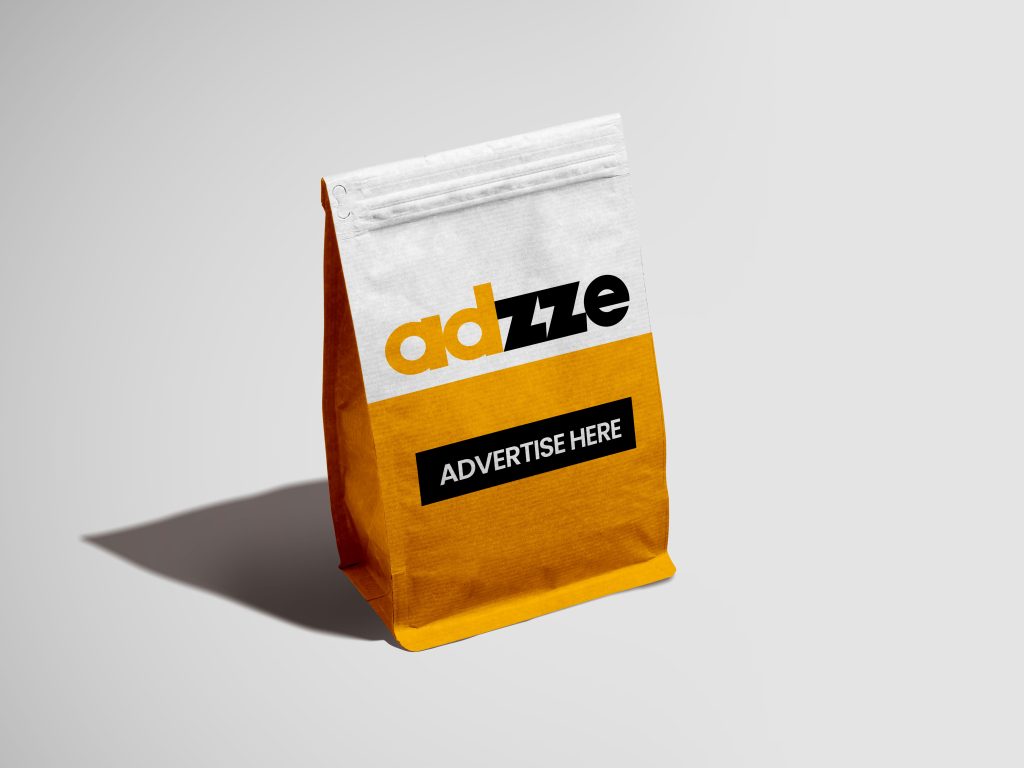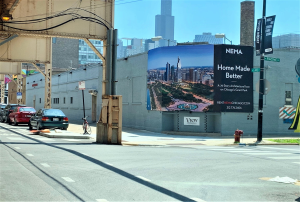Pharmacy bags are an innovative advertising platform, offering brands direct access to consumers during moments of health and wellness awareness. But when combined with cross-promotion—a collaborative strategy where businesses market complementary products or services—the impact multiplies. Cross-promotion through pharmacy bags provides value to consumers, strengthens brand credibility, and expands reach while keeping marketing costs efficient. Let’s dive deeper into this strategy and its untapped potential.
Understanding Cross-Promotion and Pharmacy Bag Advertising
Cross-promotion involves partnering with another brand or business to market complementary products or services, thereby reaching a broader audience and creating mutual benefits. Pharmacy bag advertising entails placing promotional messages on the bags used by pharmacies to dispense medications. This method ensures that the advertisement reaches consumers directly, often at a moment when health and wellness are top of mind.
1. Vitamins and Fitness Centers: A Holistic Health Partnership
Combining vitamin supplements with fitness center promotions offers consumers a dual benefit: better nutrition and an active lifestyle. This pairing works because both industries cater to health-conscious individuals. Pharmacy bags become a canvas for advertising these two related services together.
Why This Works:
Aligned Goals: Both brands aim to improve consumers’ physical health.
Mutual Benefits: Fitness centers gain credibility from the partnership, while supplement companies drive traffic to gyms and increase purchases of their products.
Case in Action:
A vitamin brand partnered with a local gym chain to run a “Stronger Inside and Out” campaign. Pharmacy bags featured gym coupons offering a free trial membership alongside a QR code leading to a “Workout & Wellness Plan” that incorporated the brand’s supplements. This campaign resulted in a 30% uptick in gym visits and a 20% sales increase for the vitamin brand.
Pro Tip for Implementation:
Include dynamic QR codes that track engagement.
Offer tiered discounts (e.g., a free personal training session with the purchase of a specific supplement package).
2. Skincare Products and Dermatology Clinics: Elevating Beauty and Care
Pharmacy bags are an ideal medium for promoting partnerships between skincare brands and dermatology clinics. These campaigns can emphasize personalized skincare solutions, blending retail offerings with professional expertise.
Why This Works:
Targeted Relevance: Consumers visiting pharmacies for skin-related prescriptions are already thinking about skincare, making them a receptive audience.
Professional Trust: Dermatology clinics add a layer of credibility, while skincare brands benefit from association with medical expertise.
Case in Action:
A luxury skincare brand collaborated with a dermatology network to advertise free skin consultations. Pharmacy bags carried messaging like “Healthy Skin Starts Here,” accompanied by a coupon for a consultation and a discount on related skincare products. The campaign saw a 25% rise in clinic bookings and a 15% growth in skincare product sales.
Pro Tip for Implementation:
Use before-and-after imagery for impact, but ensure claims are backed by dermatological data.
Include testimonials from both clinic patients and product users to strengthen credibility.
3. Over-the-Counter Medications and Telemedicine Services: Convenience Meets Care
Pharmacy customers seeking over-the-counter remedies are often looking for quick solutions. Partnering with telemedicine services enables them to access professional advice without the hassle of an in-person visit. Pharmacy bags provide the perfect space to communicate this convenience.
Why This Works:
Increased Accessibility: Consumers appreciate the added value of expert care paired with their medication purchase.
Time-Saving: Busy individuals find the ease of virtual consultations appealing.
Case in Action:
An allergy medication company collaborated with a telemedicine provider to promote virtual consultations for allergy management. Pharmacy bags featured a scannable QR code for a free consultation with the purchase of the medication. Over the campaign period, telemedicine visits increased by 40%, while the medication brand reported a 10% sales boost.
Pro Tip for Implementation:
Highlight the telemedicine provider’s credentials to reassure users.
Pair consultations with incentives, such as a discount on the next purchase if a follow-up appointment is booked.
4. Medical Clinics and Preventive Health Campaigns: Proactive Health Outreach
Promoting preventive care services such as vaccinations, screenings, or wellness checkups through pharmacy bags can address community health concerns while building brand awareness for clinics. Pharmacy bags serve as a reminder for consumers to take charge of their health.
Why This Works:
Health-Oriented Messaging: Consumers already associate pharmacies with health, making this messaging a natural fit.
Local Impact: Partnering with clinics in the same area fosters a sense of community involvement.
Case in Action:
A local pharmacy collaborated with a nearby medical clinic to promote flu vaccinations. Pharmacy bags carried bold messaging like “Stay Ahead of Flu Season,” coupled with a coupon for a discounted vaccine. The campaign drove a 50% increase in flu shot appointments at the clinic and improved foot traffic at the pharmacy.
Pro Tip for Implementation:
Leverage seasonal relevance (e.g., flu season or back-to-school health checks).
Offer clear directions to clinic locations or enable online bookings via scannable QR codes.
Best Practices for Cross-Promotion on Pharmacy Bags
Design for Impact: Use clean, visually appealing designs that quickly convey the partnership and benefits. A cluttered pharmacy bag can overwhelm consumers, so prioritize clarity.
Test and Optimize: Start with a pilot campaign in select pharmacies to gauge consumer response. Use these insights to refine messaging and design before scaling up.
Integrate Digital Touchpoints: Incorporate QR codes or short links to drive consumers to landing pages where they can learn more or redeem offers. This allows for precise tracking of campaign effectiveness.
Monitor Metrics and Outcomes: Track key performance indicators (KPIs) such as coupon redemption rates, sales growth, or service bookings. Use these metrics to evaluate ROI and identify areas for improvement.








